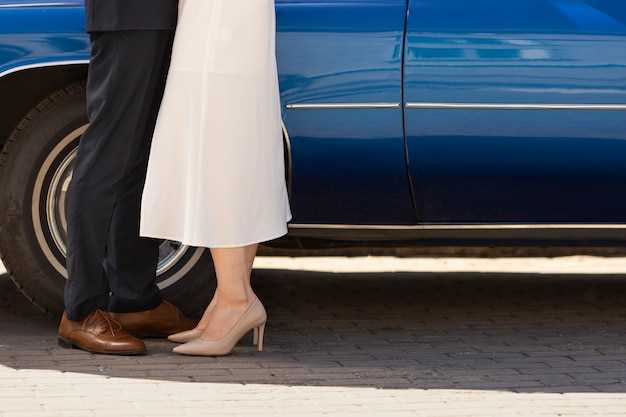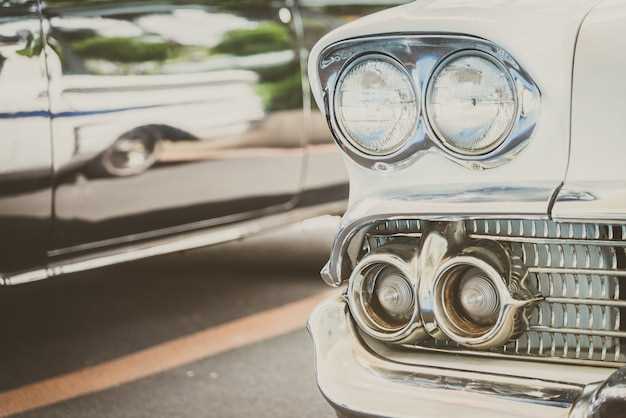
When it comes to transporting classic cars, choosing the right method can significantly impact their safety and condition. Car enthusiasts often face a crucial decision between open and enclosed transport options. Each method has its own set of advantages and disadvantages that can influence the preservation of these treasured vehicles during transit.
Open transport is typically more affordable and widely accessible, making it a popular choice among car owners. However, while it allows for easy loading and unloading, it exposes the vehicle to various environmental factors, such as weather conditions and road debris. This exposure can be a concern for those looking to maintain the pristine condition of their classic cars.
On the other hand, enclosed transport provides a higher level of protection. Classic cars are shielded from the elements, potential damage from other vehicles, and even theft. This method not only ensures that the car arrives at its destination in prime condition but also offers peace of mind to the owner. However, this option often comes at a higher cost, which can be a deciding factor for many classic car enthusiasts weighing their transport options.
Cost Analysis of Open vs Enclosed Transport for Classic Cars

When considering the transport options for classic cars, cost plays a critical role in decision-making. Transporting a vehicle–especially a classic car–can involve various expenses along with the choice between open and enclosed transport methods.
Open Transport Costs

Open transport is often the more affordable option for shipping classic cars. The cost advantages include:
- Lower Base Rates: Open transport typically has lower base rates due to the higher number of available carriers and greater competition.
- Shared Transport: Many open transport carriers utilize a shared approach, combining multiple vehicles onto one truck, thus reducing overall shipping costs for individual car owners.
- Less Insurance Cost: Insurance premiums for open transport are generally lower, as the risk is perceived to be less given that trucks are often transporting multiple vehicles.
Enclosed Transport Costs
Enclosed transport provides increased protection for classic cars but comes with a higher price tag. Key cost factors include:
- Higher Base Rates: Enclosed transport services typically charge more due to the need for specialized equipment and limited availability of carriers.
- Full Protection: The added security and protection from adverse weather and road debris justify the extra expense for many car owners.
- Enhanced Insurance: Coverage for enclosed transport is often better, with higher insurance premiums reflecting this increased protection.
Comparative Cost Summary
When evaluating transport options, it’s essential to compare the total costs:
- Factor in the base transport rates of both methods.
- Consider any additional charges such as fuel surcharges, taxes, or insurance costs.
- Assess any potential discounts for advance bookings or combined transport services.
Ultimately, the choice between open and enclosed transport for classic cars depends on the owner’s budget and the desired level of protection. While open transport is more cost-effective, enclosed transport offers peace of mind and protection that many classic car enthusiasts value highly.
Protection and Safety Features of Enclosed Transport for Classic Cars
Enclosed transport offers superior protection for classic cars compared to open options, ensuring that valuable vehicles are shielded from various external hazards during transit. One of the key advantages includes protection from harsh weather conditions, such as rain, snow, and extreme heat, which can cause damage to paint and mechanical components.
Additionally, enclosed transport vehicles are designed to keep classic cars safe from road debris, such as rocks, dirt, and other contaminants that may cause scratches or dents. The enclosed environment also provides a barrier against theft and vandalism, making it a more secure choice for transporting high-value classic automobiles.
Another safety feature of enclosed transport is the use of a climate-controlled environment. This capability is crucial for classic cars that may be sensitive to temperature fluctuations, preventing issues like rust and deterioration of materials over time. Proper ventilation and humidity control further enhance the protective measures in place during transportation.
Furthermore, enclosed transport options often use specialized tie-down systems to secure vehicles safely in place, minimizing movement and potential damage during transit. The professional handling of classic cars by experienced transporters ensures that best practices are followed, enhancing both safety and security throughout the delivery process.
In summary, choosing enclosed transport for classic cars provides essential protection and safety features that safeguard valuable investments, offering peace of mind to owners during the transit process.
Time Considerations and Delivery Options for Classic Car Transportation
When it comes to transporting classic cars, time is a critical factor that can influence the choice between open and enclosed transport options. Each method has its own delivery timelines, which can affect both the owner’s schedule and the vehicle’s safety during transit.
Open transport typically allows for faster delivery times due to its higher capacity for vehicles. Since transport companies can load multiple cars at once, it often results in more efficient routes and quicker delivery. However, this method exposes classic cars to elements such as weather and road debris, which may cause concerns for their preservation.
In contrast, enclosed transport offers the advantage of better protection for classic cars but may require additional time due to fewer available trucks and longer routes. This option ensures that the vehicle is shielded from external factors, making it a preferred choice for high-value or rare classic cars. Owners choosing this method should anticipate longer transit times but can have peace of mind regarding the car’s safety.
Moreover, specific delivery options can further influence the time required for shipping. Expedited services are often available, allowing customers to receive their classic cars sooner, albeit at a higher cost. Alternatively, standard shipping options may provide a more budget-friendly approach but could extend the waiting period.
Ultimately, understanding these time considerations and delivery options is crucial for car enthusiasts looking to transport their classic vehicles safely and efficiently. Choosing the right method depends not only on the car’s value and condition but also on the owner’s preference for speed versus protection.




